The term fishing may be applied to catching other aquatic animals such as molluscs, cephalopods, crustaceans, and echinoderms. The term is not normally applied to catching farmed fish, or to aquatic mammals, such as whales, where the term whaling is more appropriate.
Fishing is an ancient practice that dates back to, at least, the beginning of the Paleolithic period about 40,000 years ago. Isotopic analysis of the skeletal remains of Tianyuan man, a 40,000 year old modern human from eastern Asia, has shown that he regularly consumed freshwater fish. Archaeology features such as shell middens, discarded fish bones and cave paintings show that sea foods were important for survival and consumed in significant quantities. During this period, most people lived a hunter-gatherer lifestyle and were, of necessity, constantly on the move. However, where there are early examples of permanent settlements (though not necessarily permanently occupied) such as those at Lepenski Vir, they are almost always associated with fishing as a major source of food.
The ancient river Nile was full of fish; fresh and dried fish were a staple food for much of the population. The Egyptians had implements and methods for fishing and these are illustrated in tomb scenes, drawings, and papyrus documents. Some representations hint at fishing being pursued as a pastime. In India, the Pandyas, a classical Dravidian Tamil kingdom, were known for the pearl fishery as early as the 1st century BC. Their seaport Tuticorin was known for deep sea pearl fishing. The paravas, a Tamil caste centred in Tuticorin, developed a rich community because of their pearl trade, navigation knowledge and fisheries. Fishing scenes are rarely represented in ancient Greek culture, a reflection of the low social status of fishing. However, Oppian of Corycus, a Greek author wrote a major treatise on sea fishing, the Halieulica or Halieutika, composed between 177 and 180. This is the earliest such work to have survived to the modern day. Pictorial evidence of Roman fishing comes from mosaics. The Greco-Roman sea god Neptune is depicted as wielding a fishing trident. The Moche people of ancient Peru depicted fisherman in their ceramics.
One of the world's longest trading histories is the trade of dry cod from the Lofoten area of Norway to the southern parts of Europe, Italy, Spain and Portugal. The trade in cod started during the Viking period or before, has been going on for more than 1,000 years and is still important.[citation needed]
There are many fishing techniques or methods for catching fish. The term can also be applied to methods for catching other aquatic animals such as molluscs (shellfish, squid, octopus) and edible marine invertebrates.
Fishing techniques include hand gathering, spearfishing, netting, angling and trapping. Recreational, commercial and artisanal fishers use different techniques, and also, sometimes, the same techniques. Recreational fishers fish for pleasure or sport, while commercial fishers fish for profit. Artisanal fishers use traditional, low-tech methods, for survival in third-world countries, and as a cultural heritage in other countries. Mostly, recreational fishers use angling methods and commercial fishers use netting methods.
There is an intricate link between various fishing techniques and knowledge about the fish and their behaviour including migration, foraging and habitat. The effective use of fishing techniques often depends on this additional knowledge. Some fishermen follow fishing folklores which claim that fish feeding patterns are influenced by the position of the sun and the moon. Almost any equipment or gear used for fishing can be called fishing tackle. Some examples are hooks, lines, sinkers, floats, rods, reels, baits, lures, spears, nets, gaffs, traps, waders and tackle boxes. Tackle that is attached to the end of a fishing line is called terminal tackle. This includes hooks, sinkers, floats, leaders, swivels, split rings and wire, snaps, beads, spoons, blades, spinners and clevises to attach spinner blades to fishing lures.
Fishing is an ancient practice that dates back to, at least, the beginning of the Paleolithic period about 40,000 years ago. Isotopic analysis of the skeletal remains of Tianyuan man, a 40,000 year old modern human from eastern Asia, has shown that he regularly consumed freshwater fish. Archaeology features such as shell middens, discarded fish bones and cave paintings show that sea foods were important for survival and consumed in significant quantities. During this period, most people lived a hunter-gatherer lifestyle and were, of necessity, constantly on the move. However, where there are early examples of permanent settlements (though not necessarily permanently occupied) such as those at Lepenski Vir, they are almost always associated with fishing as a major source of food.
The ancient river Nile was full of fish; fresh and dried fish were a staple food for much of the population. The Egyptians had implements and methods for fishing and these are illustrated in tomb scenes, drawings, and papyrus documents. Some representations hint at fishing being pursued as a pastime. In India, the Pandyas, a classical Dravidian Tamil kingdom, were known for the pearl fishery as early as the 1st century BC. Their seaport Tuticorin was known for deep sea pearl fishing. The paravas, a Tamil caste centred in Tuticorin, developed a rich community because of their pearl trade, navigation knowledge and fisheries. Fishing scenes are rarely represented in ancient Greek culture, a reflection of the low social status of fishing. However, Oppian of Corycus, a Greek author wrote a major treatise on sea fishing, the Halieulica or Halieutika, composed between 177 and 180. This is the earliest such work to have survived to the modern day. Pictorial evidence of Roman fishing comes from mosaics. The Greco-Roman sea god Neptune is depicted as wielding a fishing trident. The Moche people of ancient Peru depicted fisherman in their ceramics.
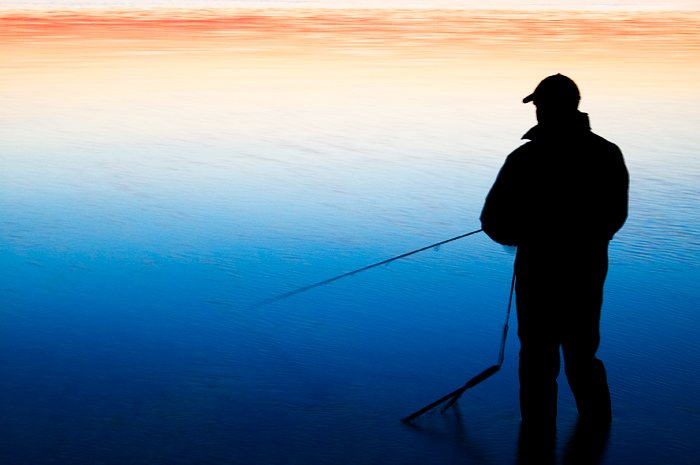 Sport Fishing Accessories | 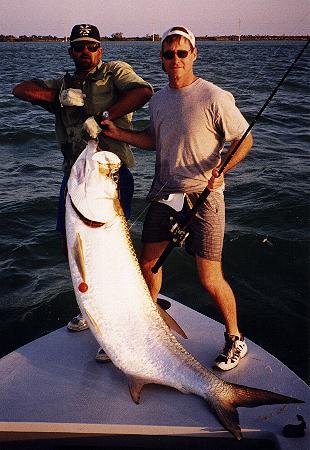 Islamorada Fishing Report | 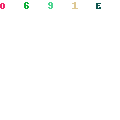 Fishing Tackle Forum | Tarpon Fishing Charter Florida |  offshore fishing or |
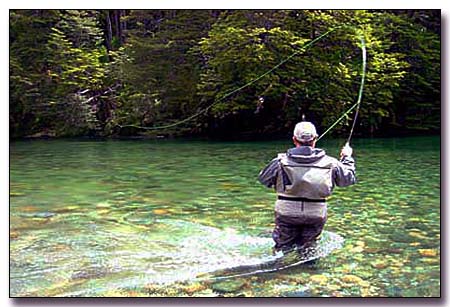 Texas Fishing is incredible. |  Fishing |  Fishing Tackle Forum | 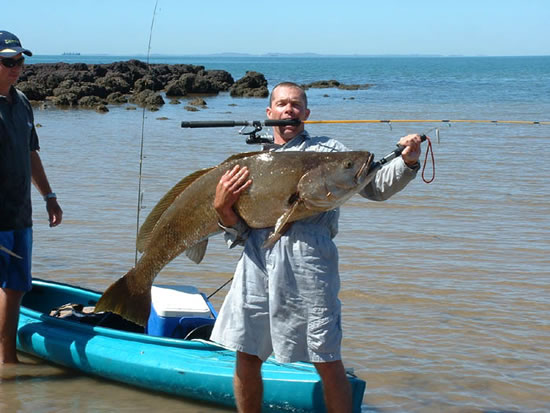 Sport Fishing |  Fishing Gear, |
Fishing techniques include hand gathering, spearfishing, netting, angling and trapping. Recreational, commercial and artisanal fishers use different techniques, and also, sometimes, the same techniques. Recreational fishers fish for pleasure or sport, while commercial fishers fish for profit. Artisanal fishers use traditional, low-tech methods, for survival in third-world countries, and as a cultural heritage in other countries. Mostly, recreational fishers use angling methods and commercial fishers use netting methods.
 Seward Alaska Fishing Charter |  Washington State fishing is as |  when the fish go into live |  Fishing has been important |  Fisherman\x26#39;s Corner \x26gt; Fishing |
 Years ago, the local fishing |  NH Fishing |  Mahi Mahi Fishing |  Texas Shark Fishing, Galveston |  Fishing in Michigan on St. |
No comments:
Post a Comment